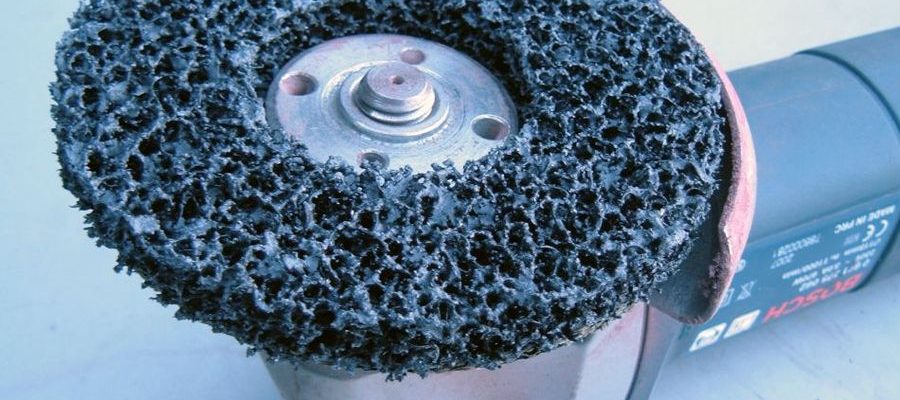With laser engraving becoming more and more popular today, the need for proper ventilation and smoke removal is often overlooked. There are three basic methods. Vent directly outside the building, use a large air handling system, or use a separate filtration system. Each has advantages and disadvantages, and we will explain them. It is important to note that not all ventilation methods are applicable, as most flat plate Laser Rust Removal Machine are in retail settings, relatively small shops, or even in the home.
Laser engraving is extremely versatile and can process a wide range of materials with attractive results. Due to the variety of substrates, it is important to efficiently remove dust, debris, and smoke from the laser housings. The need for ventilation is not critical. Considerations include safety, laser, and potential damage to the work environment.
The safety of workers and other personnel in the workplace is of the utmost importance to any employer. Laser is a thermal process, which means it burns, melts, and vaporizes material. Some plastics become toxic when heated and the vapors can be harmful if inhaled. To solve this problem, all lasers are equipped with a smoke extraction port that allows for external connections.
Air is “pulled” out of the laser area through this port using a vacuum device. What happens to the airborne particles is what differentiates the three ventilation methods.
The simplest method is to use a blower system that draws air through a hose to the outside of the building. While these are certainly functional, they generally don’t handle odors or fumes very well and often leave work areas with a strong residual odor. Additionally, certain areas of the country have Environmental Protection Agency (EPA) regulations that prohibit pumping toxic substances into the air. Fan motors tend to run at fairly high decibel levels, so they can be quite loud. The fan motor itself is inexpensive, but sometimes requires modifications to the building itself that can add to the total cost of installation.
In industrial settings there are sometimes conventional air handlers that can play through the exhaust port of the laser. These extra large units “clean” the air that is released into the atmosphere and filter it so that it is non-toxic. In most cases, it complies with local EPA restrictions and is completely safe. However, these are physically large and expensive devices designed for use in manufacturing plants and would be overkill if purchased alone to operate a standard Laser Engraving Laser Paint Stripping Machine system. If these systems exist in your building, be sure to consider them as an alternative to your ventilation needs. However, when venting other equipment in the facility at 100% volume, ensure that the system has the required capacity for the laser.

A third alternative is a multi-stage self-contained filter device. Like the others, it plugs into the laser port, but it draws air through a series of filters that serve to remove large particles, gases, and odors. The exhausted air from the unit is normally 99% odor free and safe to inhale. These devices are relatively small, very quiet, and portable. The filters are consumables and have different periods of operation depending on the use and the particles that are filtered.

